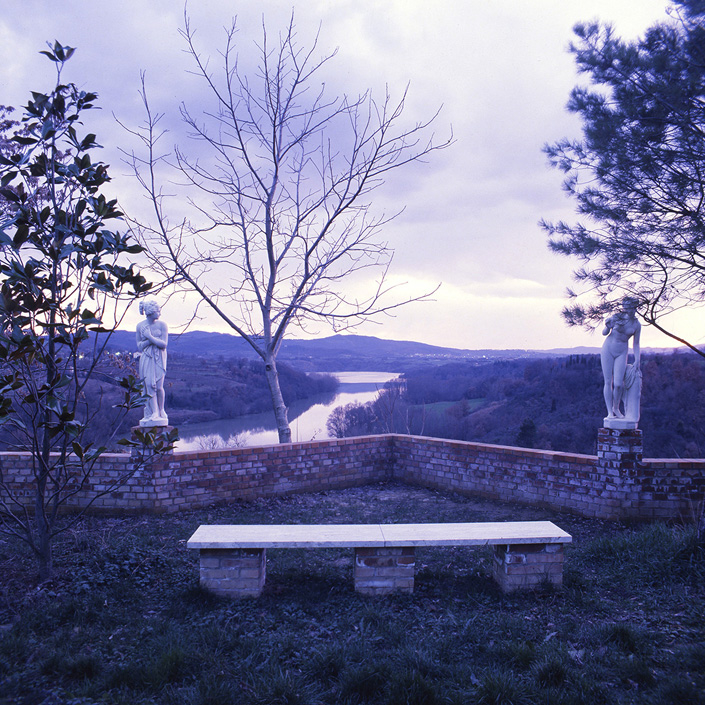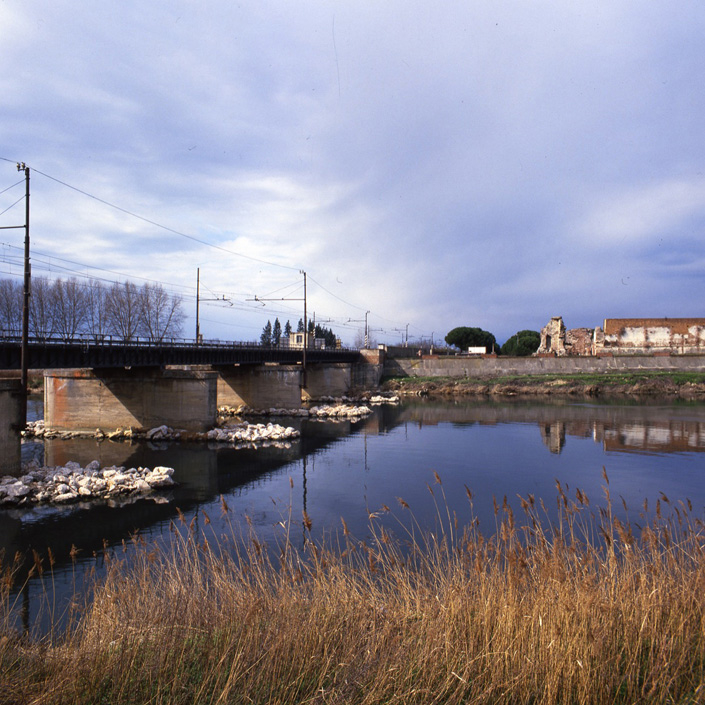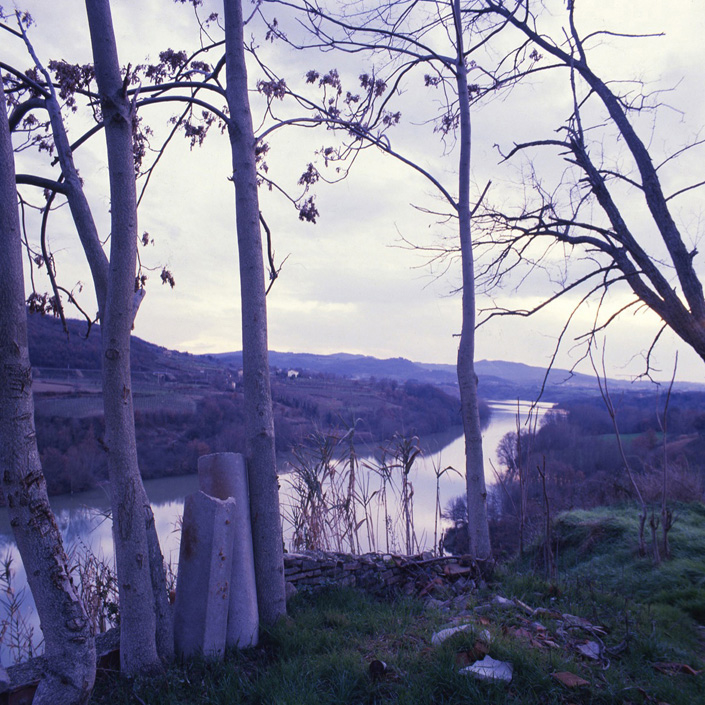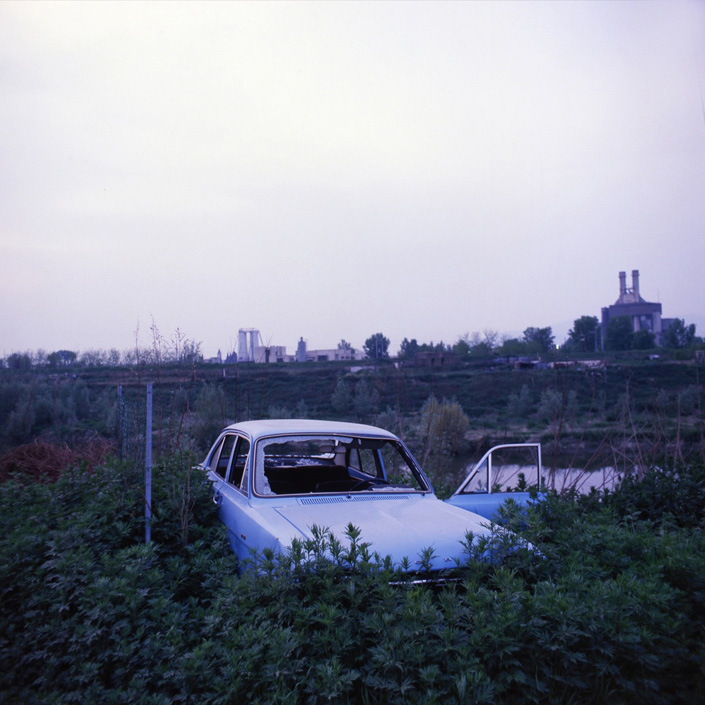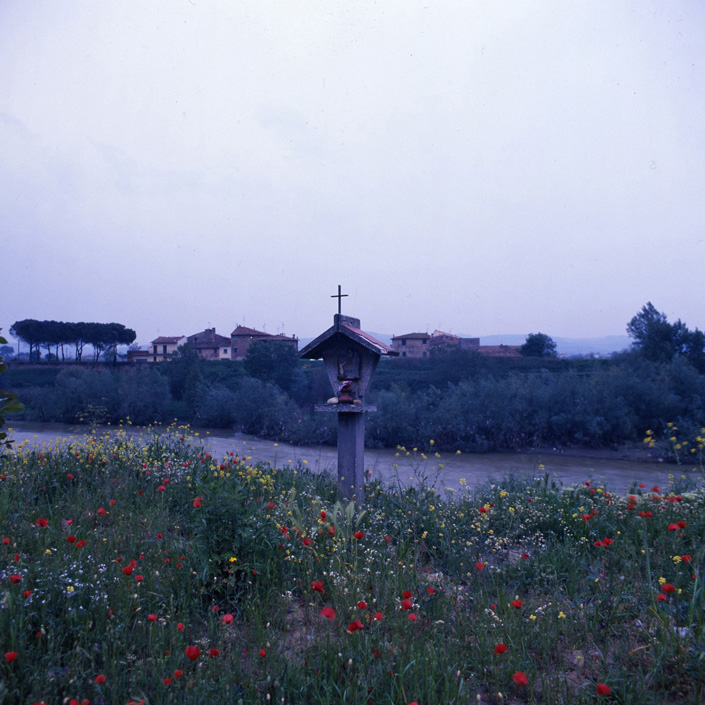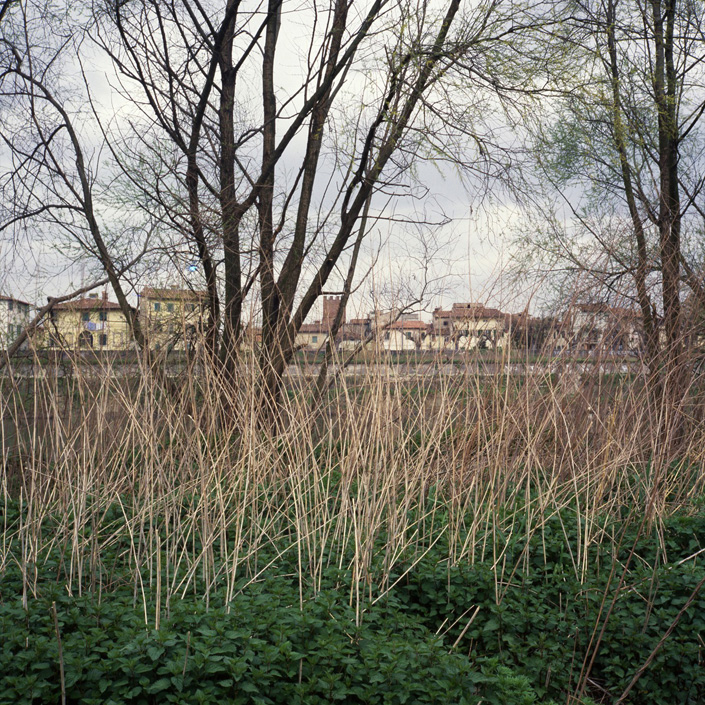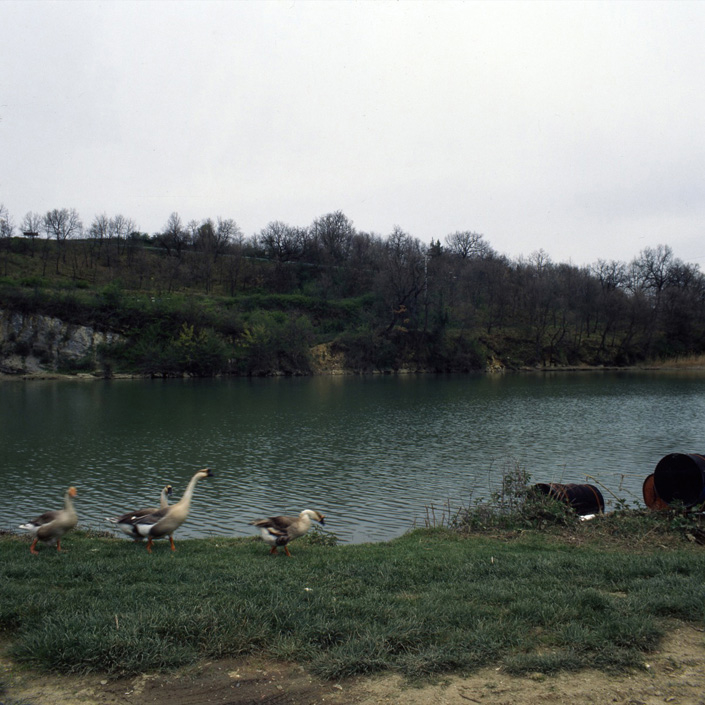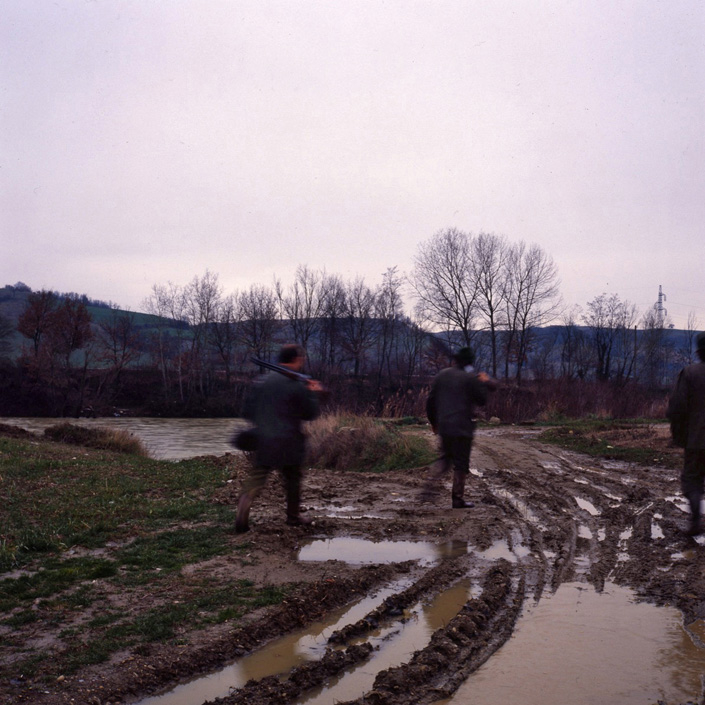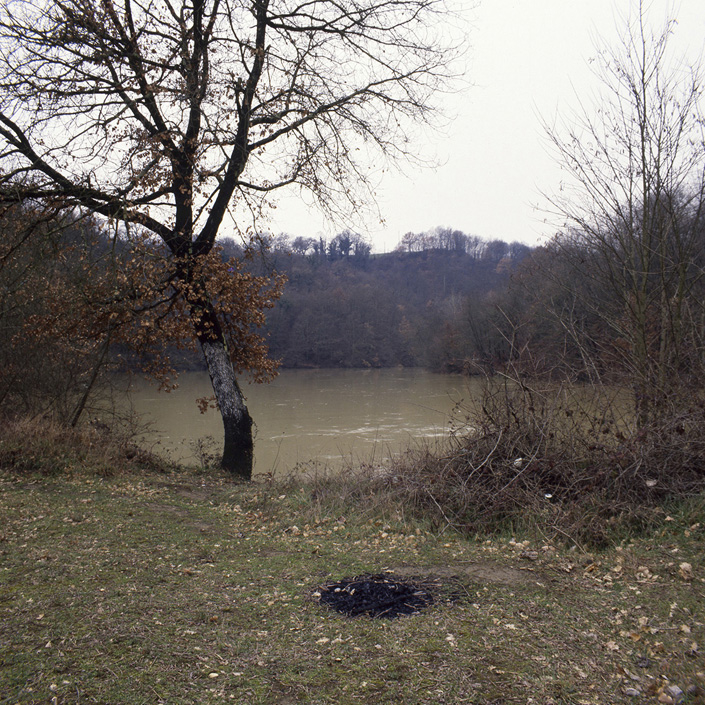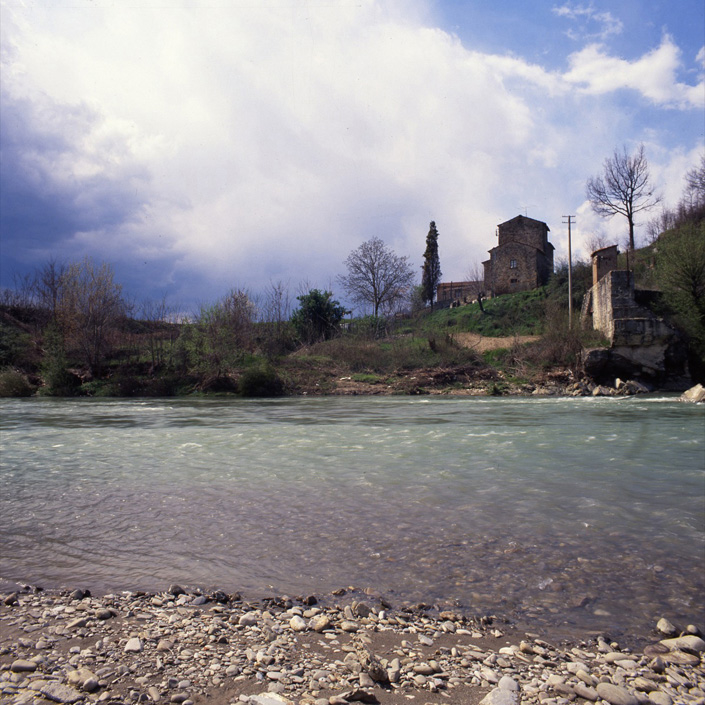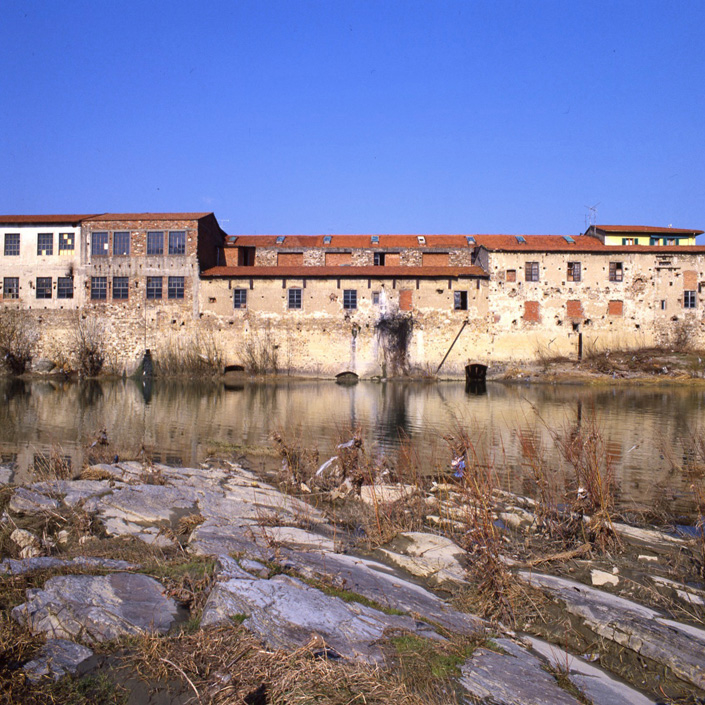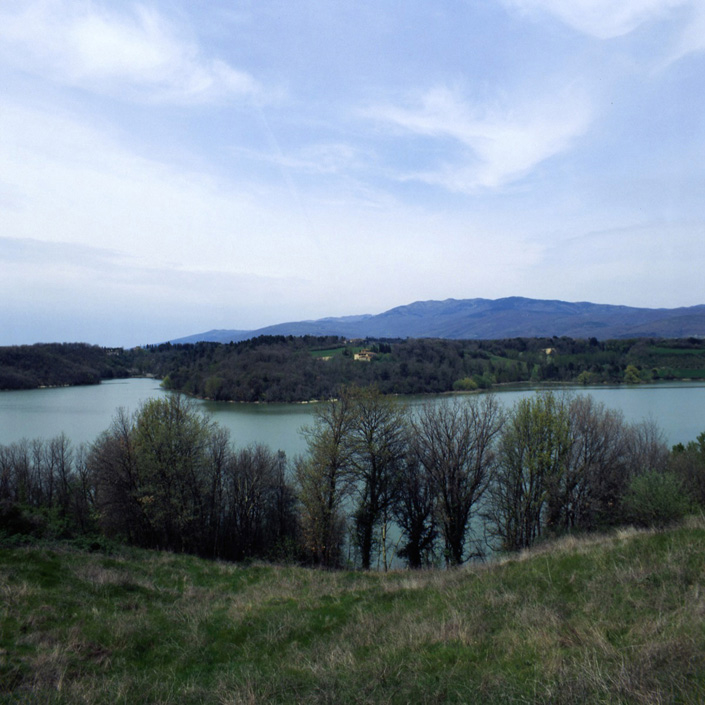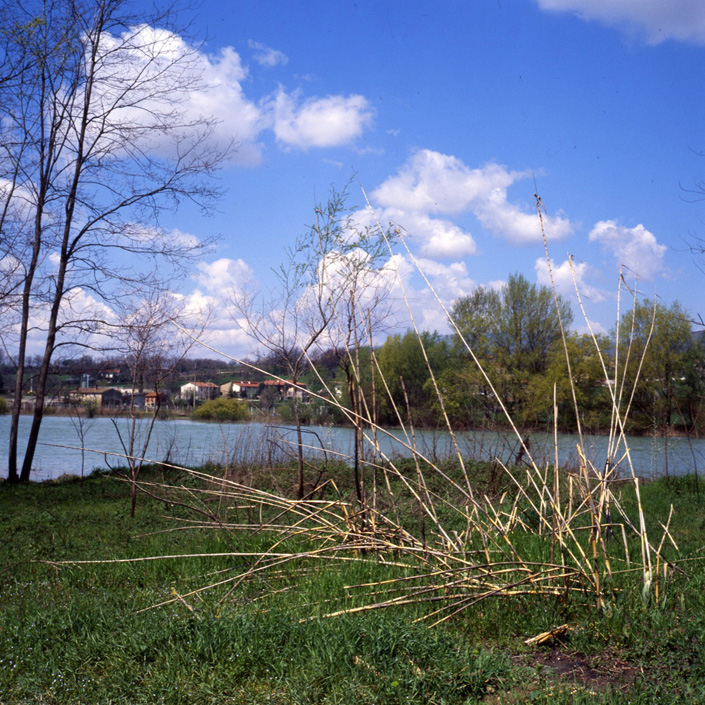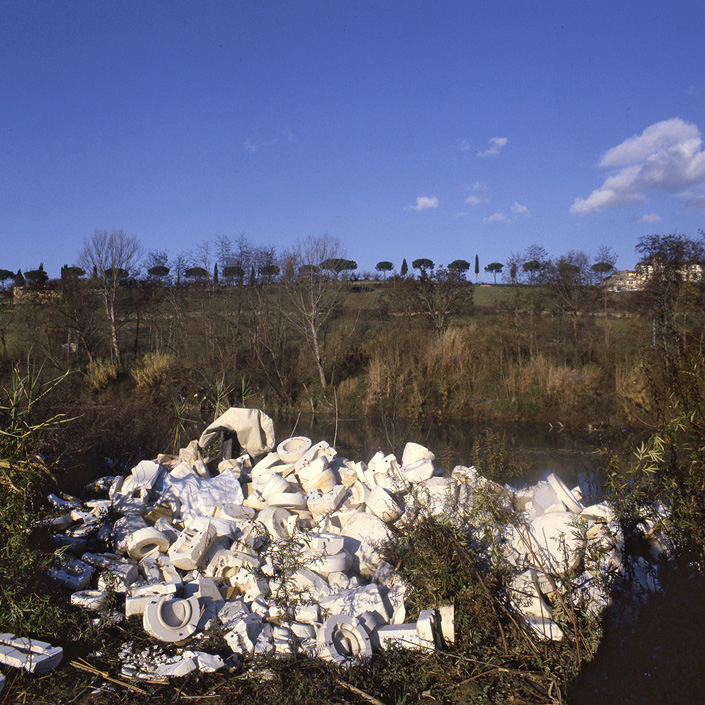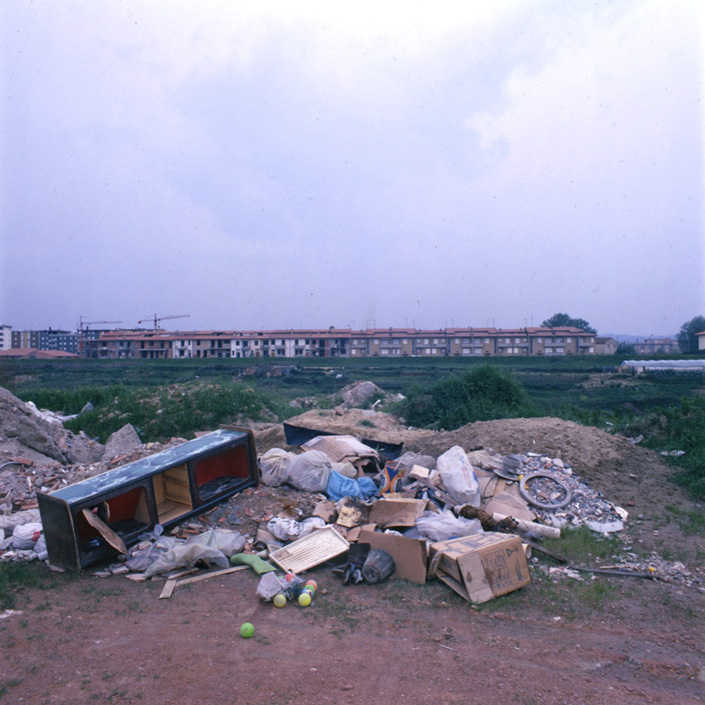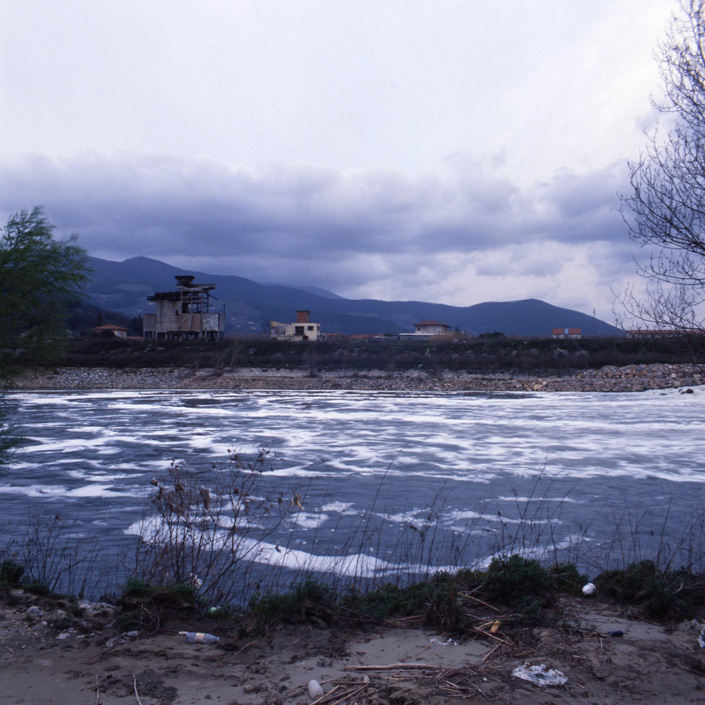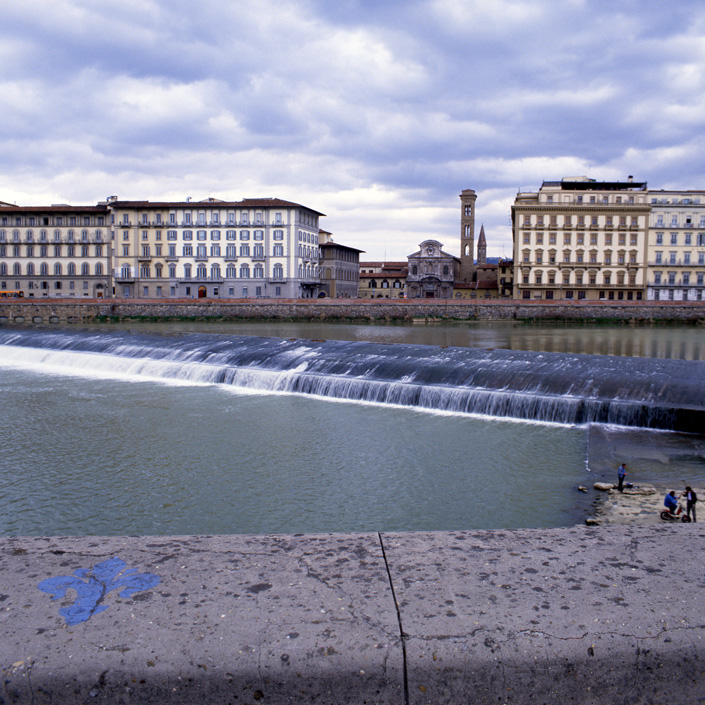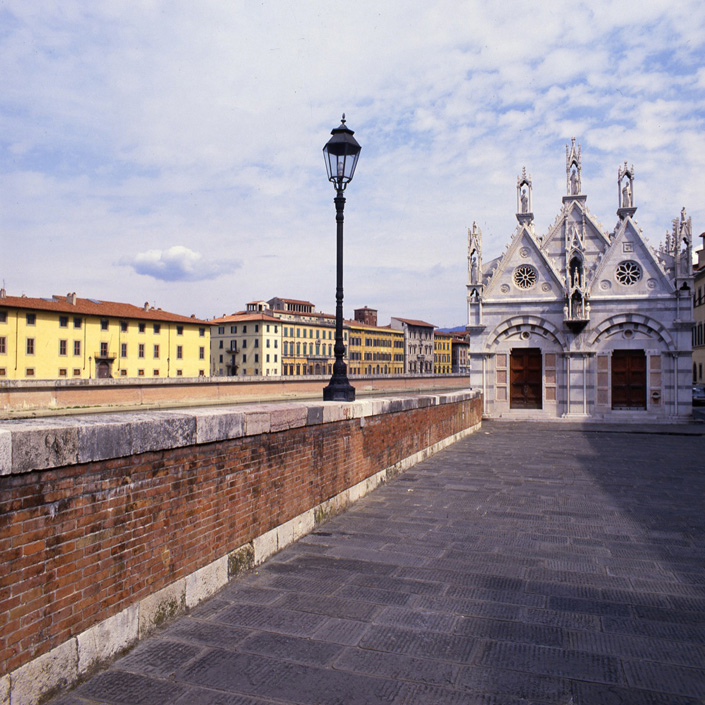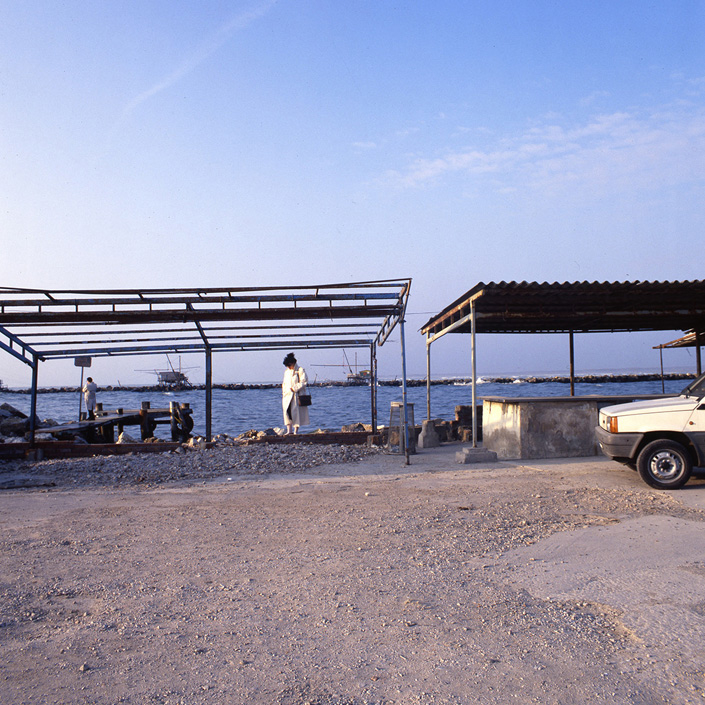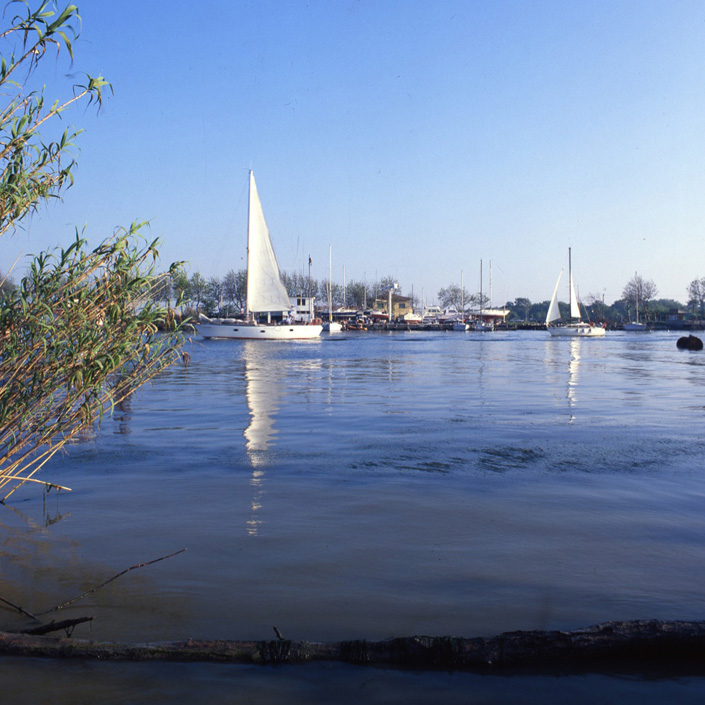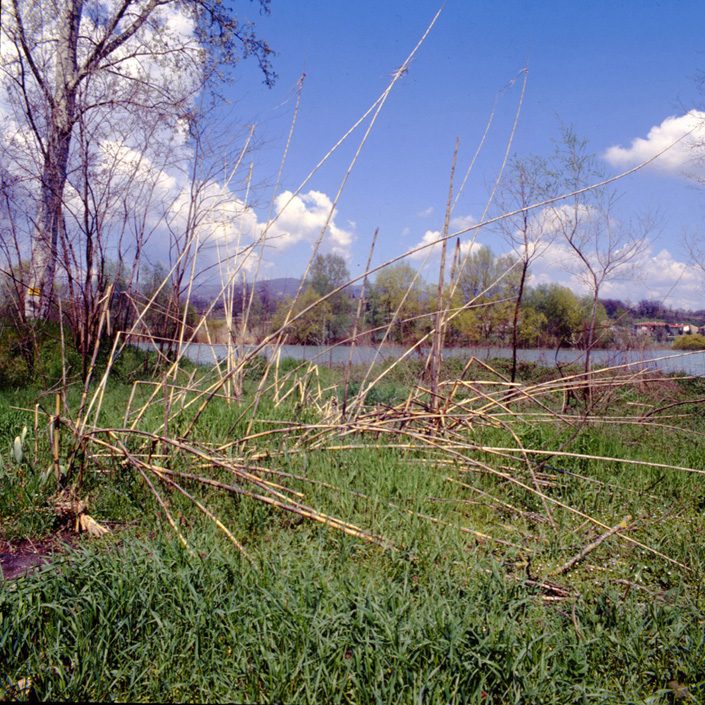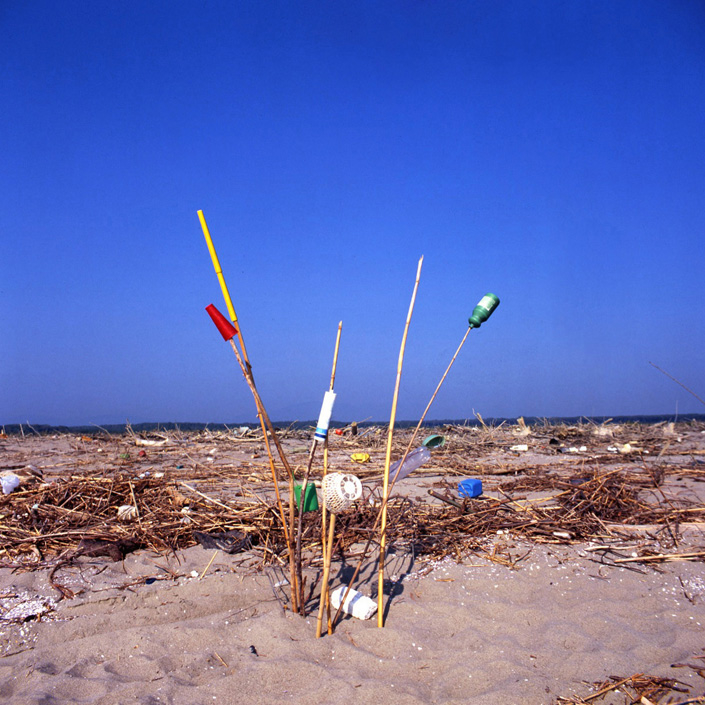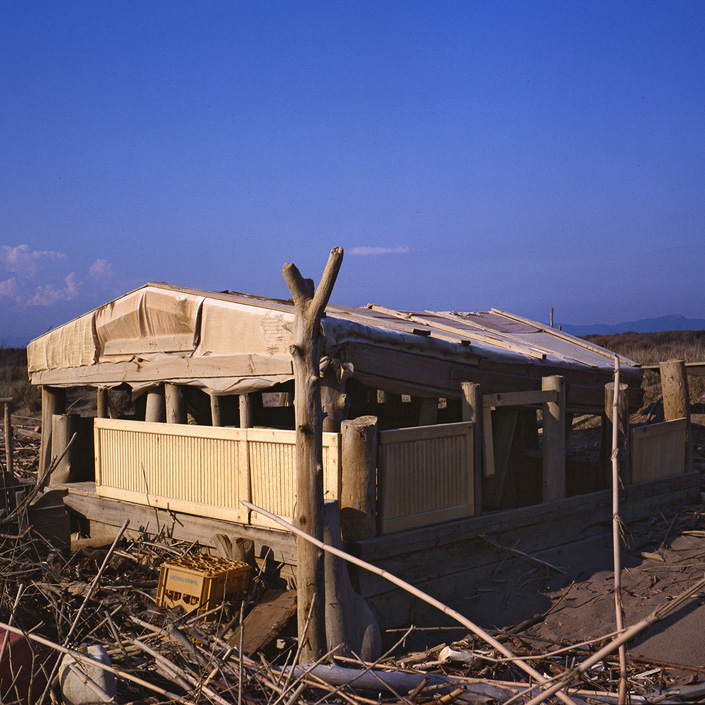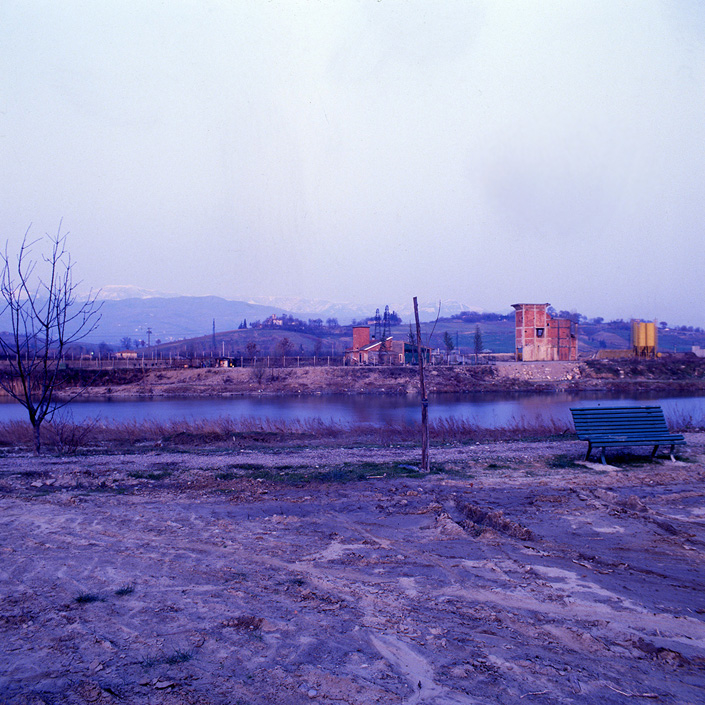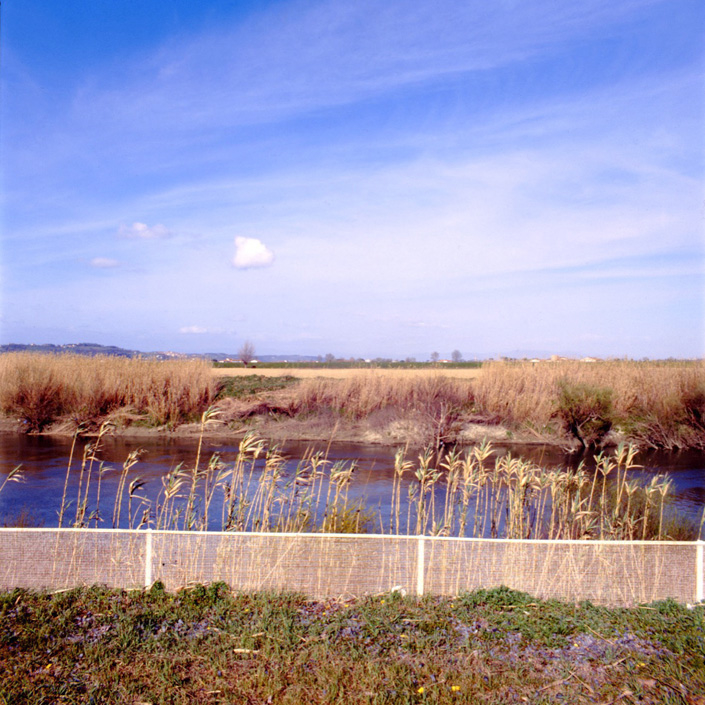“Conosco Andrea Abati da parecchio tempo, da quando mi propose di inaugurare con le mie fotografie, lo spazio culturale che curava a Prato assieme ad amici. Qualche volta ci incontriamo a qualche mostra o convegno, ad incontri sulla fotografia, scambiamo parole e idee sui problemi di quella italiana, parliamo di tante altre cose poi per lunghi periodi la distanza e il silenzio tornano a dividerci. Ogni tanto ricevo notizie della sua attività di promotore, ricevo i suoi cataloghi. Purtuttavia credo ad Andrea mi leghi sottilmente qualcosa di più profondo e sentito. Abati mi sembra una delle poche figure in Italia non ossessionata dalla fotografia come manufatto fine a se stesso; entrambi forse abbiamo di questa delle considerazioni comuni, forse entrambi cerchiamo nella fotografia una problematica meno restrittiva di come viene affrontata correntemente; forse l’idea di poter assieme ad altri non svendere capacità e potenzialità nel grande circo della professione, nel consumare ogni energia e ogni sguardo in direzioni sempre più fumose e imprecise; o forse semplicemente il desiderio di fare qualcosa per la fotografia. Questo suo lavoro sul corso dell’Arno, mi sembra proprio la testimonianza più concreta di queste idee che mi sono fatte su Abati.
Quello che infatti in perfetta solitudine e caparbiamente ha portato a compimento, è il solo lavoro che io conosca sul territorio italiano, che non rientri nel filone oramai desueto e consunto del “Nuovo Paesaggio”, rivisitazione di bellezze italiche, ripatinate secondo le nuove regole del Glamour della attuale fotografia internazionale.
Mi piace trovare in queste immagini, una cura evidente su quello, che ci sta capitando, degli inesorabili mutamenti, una attenzione al nostro vivere, piuttosto che alle linde architetture post-moderne, ai notturni suggestivi, ai fondali fantasmagorici, ai grandi formati, agli eccessi e sapienze di camera oscura, o sentimentalismi crepuscolari.
È importante che Abati, con le sue fotografie, ritorni a cercare una immagine che potremo definire etica: trovare nell’esistente il nodo della narrazione, cercare nell’intermittenze e nelle alternanze di un paesaggio abbrutito e brutale, uno sguardo per capire. Quelle di Abati così, non sono né le immagini care all’imperante neo-classicismo imposto oramai accademicamente dopo il ritorno negli USA del grande formato, né la registrazione dello sfacelo, è la storia del nuovo paesaggio, perché quello che interessa all’autore è il ritrovare in un’immagine correttamente dialettica, un motivo di ripensamento. Credo sia una direzione importante, ritrovare cioè il filo di un discorso improvvisamente interrotto, per riapprofondire temi e motivazioni che la fotografia aveva intrapreso ad indagare da non molto tempo a questa parte. Le fotografie di Andrea Abati, parlano di disastri avvenuti, e di spazi intatti, di aree di scarto e di rifiuto di avanzi della modernità e di resti di antiche grandezze, ma soprattutto vi si può leggere di una pulizia dello sguardo e dei pensieri raramente riscontrabile; un atteggiamento per certi versi di primaria importanza e che la fotografia deve oggi ritrovare.
Ma, tutto questo non si deve intendere come atteggiamento alla moda, tra il sociologico o l’ecologico dell’ultima ora, ma il gesto importante e civile di una fotografia che intende rinvenire nel dialogo con il mondo esterno ed il suo mutamento continuo, stimoli e motivazioni; evitando così di cercare solo all’interno di se stessa incentivi e relazioni, peraltro di una sterilità e noiosità mortale.
Solo in questo modo, non ci saranno sguardi preordinati e pregiudizi, che da una parte mostrano le inamovibili stupefacenti scenografie toscane e dall’altra come contraltare la desolazione dei rifiuti e l’orrore del nuovo; le fotografie di Abati stabiliscono un equilibrio narrativo che porta in maniera salutare, a riconsiderare e riesaminare la strategia di approccio con il paesaggio, l’ambiente, il territorio.”
Luigi Ghirri, testo di introduzione per il catalogo della mostra Attraverso i Villaggi, Fotografie di Andrea Abati, Palazzo della Provincia, Firenze, 1988.

